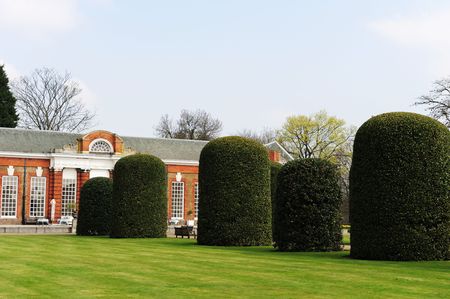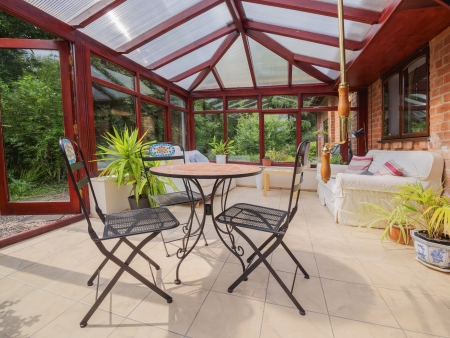Which Conservatory Style Should I Choose?
If you are in the market for a conservatory it is no surprise if you are confused about which style to opt for. Conservatories differ wildly from the humble lean-to to the most elaborate of Victorian gothic designs.
Before you shop for your conservatory, it is worth knowing what you are looking at.
Edwardian, Victorian and Georgian Styles
Period style conservatories refer to a wide time span that started with the arrival of the first wave of conservatories and orangeries in the mid- to late 17th Century right up to the pre-war period.
The Georgian period (1700-1840) is recognisable by the classic symmetry of its structures. Designers at this time followed the Classical Orders of Architecture with everything from floor plans and windows designed to strict proportions. The classic Georgian orangery can be distinguished from a conservatory by its prominent colonnades and is usually set back behind a perimeter wall.
The Victorian Period (circa 1850-1900) was marked by an increase in ornate conservatories which reached their most extreme in Victorian gothic architecture. With the introduction of steel into the mix, frames could be more lightweight and malleable. If the conservatory you are looking at has highly decorative eaves and/or columns with ornate finials and latticework it is almost certainly following a Victorian style.
Edwardian period conservatories (circa 1900-1910) saw a transition to a cleaner, more modern look while retaining classical elegance. The emphasis was on creating light and space and the hallmark of an Edwardian conservatory is its high, pitched roof.
Modern Conservatory Styles
When we think about a modern conservatory, we usually imagine a simple lean-to structure with clean lines and no fussy embellishments. State-of-the-art glass technology also means that there can be a lot of glazing incorporated into a contemporary conservatory design. However, no matter which conservatory style you prefer, you will find that it can be brought to life using modern materials – if you have the requisite budget of course. So just because you want a bespoke conservatory, don’t think that you have to go for something contemporary.
Conservatory Roof Conversions
If you are restricted in your budget and are just looking to refresh the look of an existing conservatory then a conservatory roof conversion can work wonders. This involves replacing your existing glazed or polycarbonate roof with a lightweight solid roof with inbuilt insulation. As well as updating the style of your conservatory it will regulate the temperature all year round.
No matter which conservatory style you eventually decide on, be sure to check it falls within permitted development guidelines and that your contractor can handle the Building Regulations requirements.
Main image for ‘Which Conservatory Style Should I Choose?’ article shows Kensington orangery with its distinctive colonnades. Copyright: sirijinda / 123RF Stock Photo

